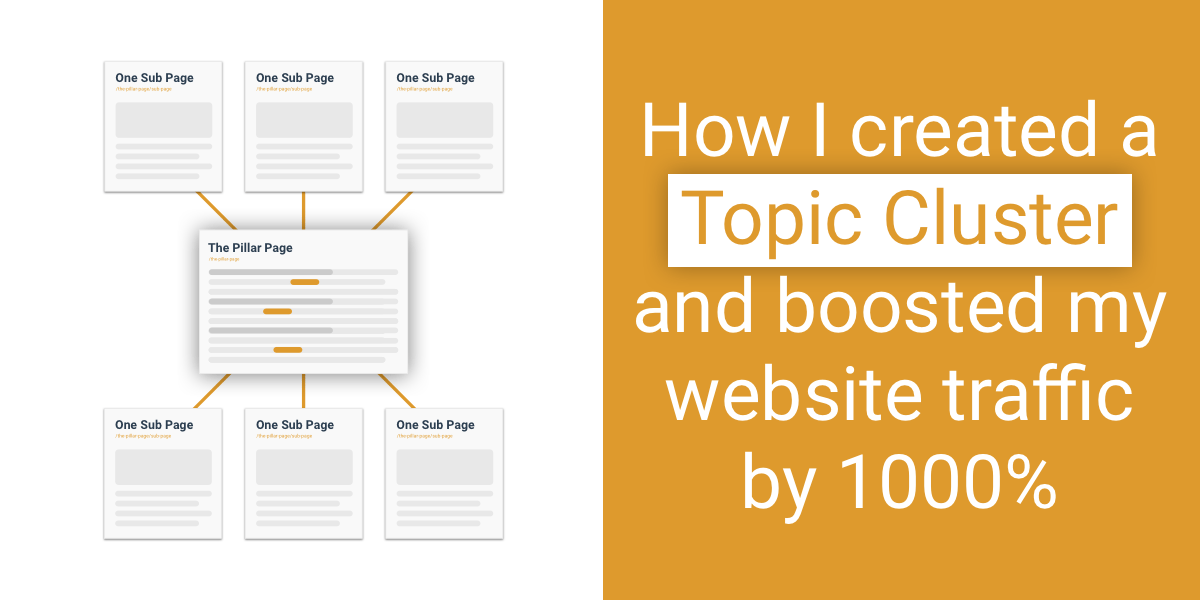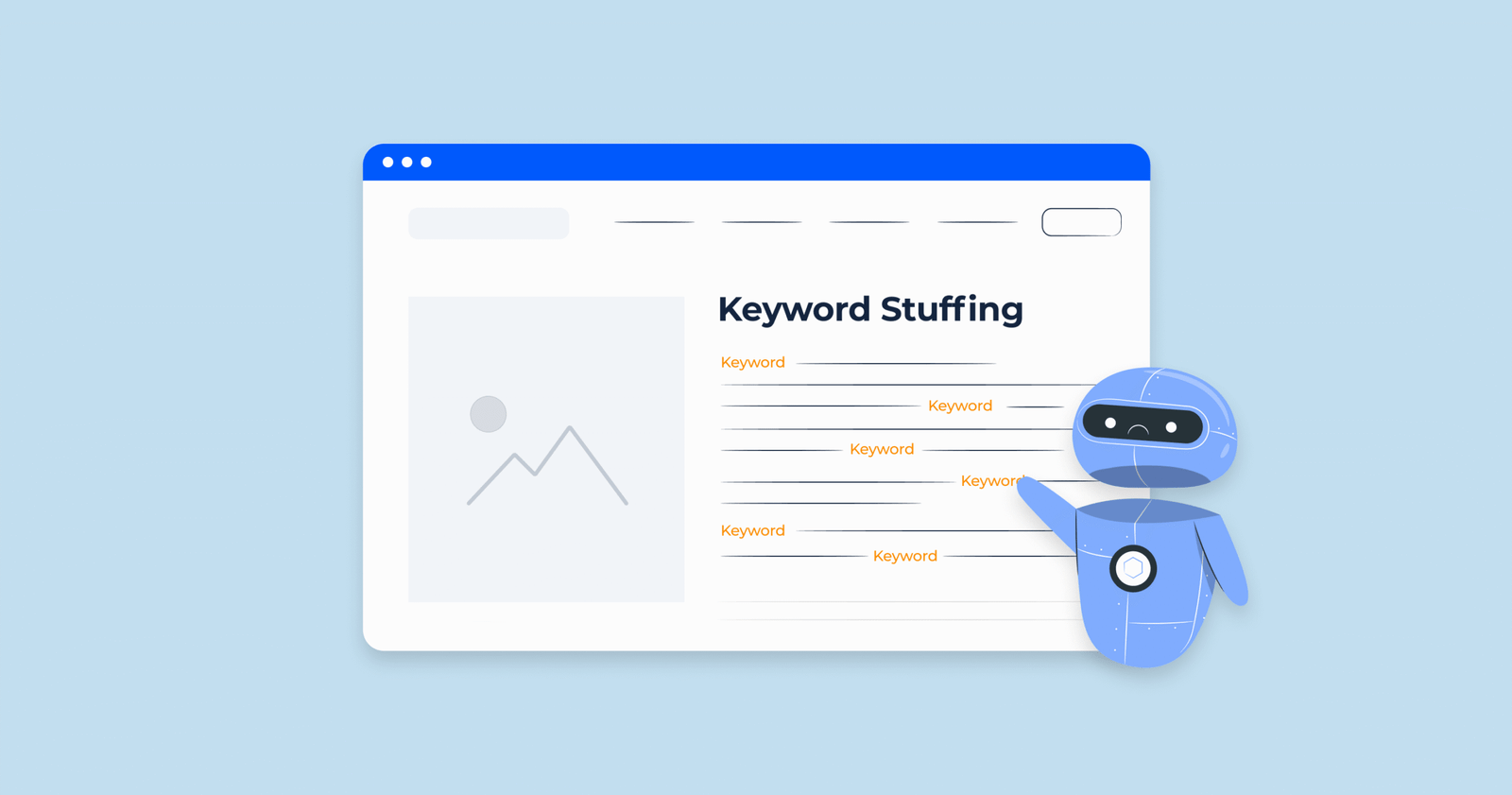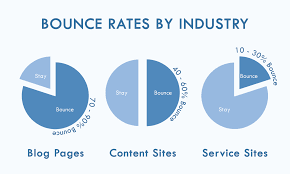Article Indexing in SEO: Surviving Google Core Updates and AI Overviews
Google isn’t the same search engine it was even two years ago. Many site owners are noticing a painful trend: rankings dropping, pages not getting indexed, and traffic shrinking despite publishing “good” content.The reason? The rules of SEO are shifting fast. Let’s break down why even solid sites are struggling with article indexing in SEO and what you can do to stay ahead. Content Saturation & AI Overuse The internet is drowning in content. AI tools make it easy to churn out thousands of articles, but most of it reads the same. Google doesn’t need more generic listicles or shallow explainers it needs content that helps users. That’s why sites relying on average AI text are getting pushed down. Google’s systems are trained to detect patterns of low-value content: repetitive phrasing, lack of originality, or no first-hand experience. If your site has too many “just okay” articles, they don’t add up they drag your domain down. Helpful Content System → Core Integration In 2023, Google rolled out the Helpful Content Update. By 2024, it became fully baked into Google’s core ranking system. This means unhelpful or thin content doesn’t just affect one page it can impact your entire site’s ability to rank. Here’s the catch: even if 70% of your content is strong, the weak 30% can poison the well. Sites with bloated archives of old, low-value posts are seeing the harshest declines. The takeaway? Prune aggressively. Remove or noindex content that doesn’t serve a clear purpose. User Signals & Engagement Metrics Google has more data than ever on how users interact with your site. These metrics matter: This doesn’t mean you should chase vanity metrics. It means your content should answer the query, hold attention, and invite interaction. Over-Optimization Triggers Some site owners, desperate to keep rankings, go overboard with old-school tactics: Google is better than ever at spotting these patterns. Over-optimization can now hurt more than help. Write and link naturally, even if that means fewer “SEO-perfect” signals. AI-Driven SERPs & Zero-Click Searches Another challenge: Google itself is taking up more space on the results page. This means even if you rank, you may get fewer clicks. The game is shifting from ranking high to owning the click-worthy space with standout titles, visuals, and unique insights. YMYL (Your Money, Your Life) Strictness If your site touches on health, finance, or legal topics, the bar is much higher. Google applies stricter E-E-A-T (Experience, Expertise, Authoritativeness, Trustworthiness) standards in YMYL niches. To compete, you need real names, real credentials, and real authority signals. Site Reputation & Link Quality Backlinks still matter, but not the way they used to. Buying cheap guest posts or blasting blog comment links no longer works. In fact, spammy link-building can sink your domain. Instead, Google is valuing: Your site’s reputation matters as much as its content. Build brand authority, not just link counts. What Else You Need to Do to Rank in 2025 The SEO playbook is evolving. Here’s how to future-proof your site for article indexing in SEO: Prioritize Real-World Experience Share case studies, unique experiments, or first-hand insights. Add photos, charts, or screenshots that AI tools can’t replicate. Strengthen Author Bios & Brand Authority Every article should have a clear, credible author. Link bios to LinkedIn, publications, or PR mentions to show expertise. Prune or Noindex Weak Content Audit your site quarterly. Anything thin, outdated, or repetitive should be updated, merged, or noindexed. Improve UX Metrics Site speed, clean design, and smooth interactivity aren’t optional. A slow, cluttered site will bleed users and rankings. Diversify Traffic Sources Don’t rely on Google alone. Build email newsletters, social channels, and YouTube presence. Go Deeper Into Subtopics Instead of surface-level keyword clusters, dive deep into niche angles. Depth beats breadth. Build Community & Engagement Encourage comments, reviews, and discussions. Sites with real community signals stand out from generic AI blogs. Old SEO vs. Modern SEO (2025) Aspect Old SEO Approach Modern SEO (2025) Content Creation High volume, keyword-focused, generic articles Fewer but deeper, experience-driven, unique insights AI Usage Mass AI content for scaling Careful AI support + human expertise and originality Ranking Signals Keywords, backlinks, and on-page SEO User engagement, authority, experience, brand reputation Helpful Content Optional to optimize Core ranking factor weak content can drag down whole site Backlinks Quantity over quality Editorial mentions, PR links, brand recognition Optimization Keyword stuffing, forced internal links Natural language, contextual linking, semantic depth SERP Strategy Focus on ranking #1 Optimize for zero-click (snippets, AI Overviews, visuals) YMYL Niches Any content could rank Strict authority, credentials, and trust signals required Traffic Sources Google-dependent Diversified (email, social, YouTube, communities) Site Health More pages = stronger site Prune weak content, improve UX, fast and interactive designs Final Thoughts Article indexing in SEO has never been harder, but it’s not impossible. The big shift is this: Google doesn’t just want “content” it wants proof of expertise, originality, and user value. If you’re seeing rankings drop, don’t panic. Audit, prune, and rebuild your site with authority and engagement in mind. The winners in 2025 won’t be those who publish the most, but those who publish what truly matters.
Read More














